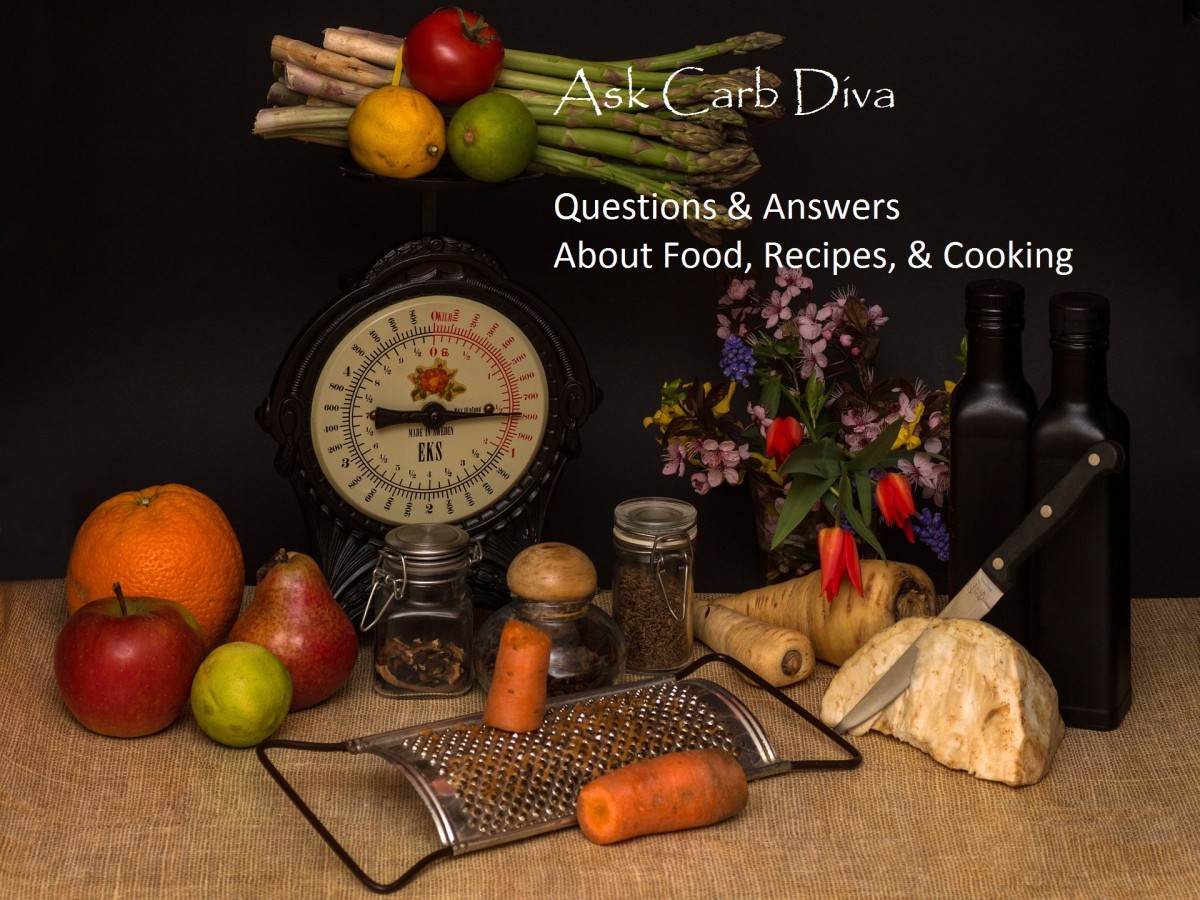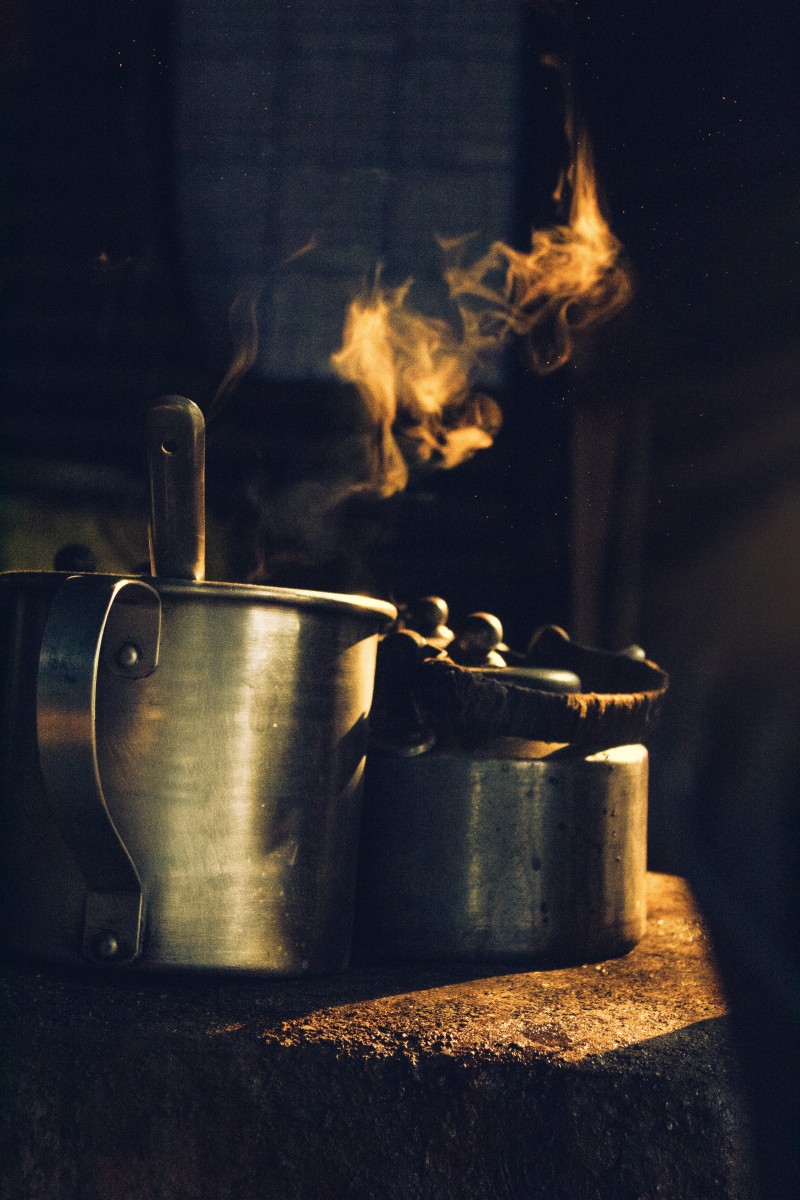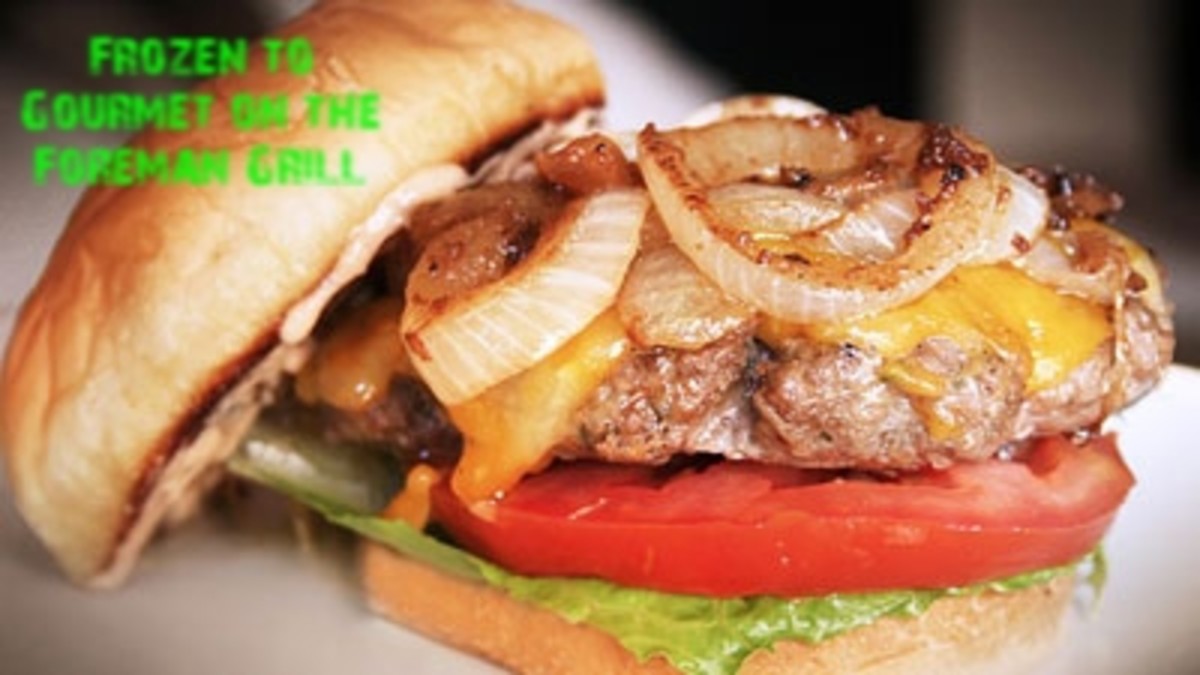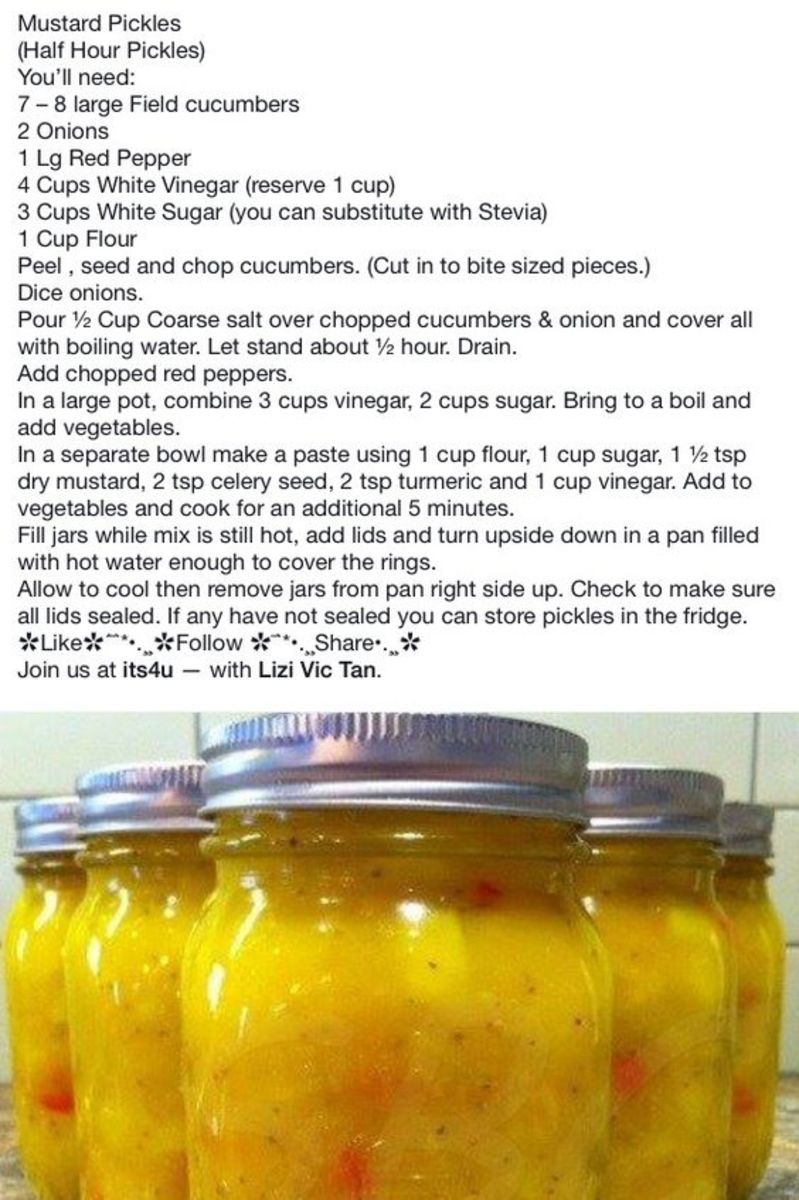Ask Carb Diva: Questions & Answers About Foods, Recipes & Cooking, #67
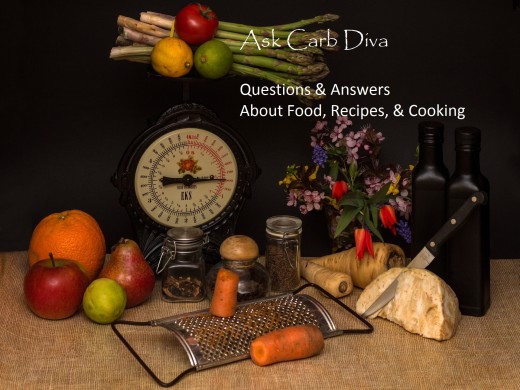
I've Got (the) Power
The weather outside is frightful!
As I write this my husband and daughter our working outside picking up the tree limbs that showered down upon us in the most recent wind storm. Gusts were over 60 mph with sustained winds around 40. (May I remind you that I live in a house tucked back deep in the forest. We are surrounded by towering Douglas firs and Western redwood cedar.) Believe me when I say that as the winds howled I was reciting every prayer and supplication I could possibly think of. We survived.
Unlike many of our neighbors in the Pacific Northwest, my little town didn't lose power. In the 1950s our then mayor had the foresight to have our new power lines installed underground. What a wise man was he! So, I am able to write to you now with a computer powered by electricity. (Aren't you lucky?)
If you're an old friend, you already know how this column works. But, if this is your first visit, let me introduce you to the rest of the group. Each week I receive questions about food ingredients, cooking or baking terms or methods, requests for recipes, and queries about nutrition. Just about anything goes.
Want to join in the fun? You can leave your question in the comments below, and next week the answer will be right here. It's that easy. Let's get started with a question from Eric.
Edible Gingerbread
On your article on gingerbread houses, maybe my boy and I should try such. But I looked in my cupboard and it was bare of ginger. What kind of fool am I? When you have some kind of disorder bio-chemical wise ginger and garlic are cures. I think we will go for cookies first. We can hardly wait for the shapes. I'd like a recipe for making gingerbread people (you said the gingerbread house cookies are too hard, teeth-breaking).

Eric, I knew you and Gabe would not want to wait an entire week, so I emailed my recipe to you. But for the rest of you, here's how to make the best-tasting soft gingerbread cookies. This is from the Food Network:
Ingredients
- 3 cups all-purpose flour
- 1 teaspoon baking soda
- 3/4 teaspoon ground cinnamon
- 3/4 teaspoon ground ginger
- 1/2 teaspoon ground allspice
- 1/2 teaspoon ground cloves
- 1/2 teaspoon salt
- 1/4 teaspoon freshly milled black pepper
- 8 tablespoons (1 stick) unsalted butter, at room temperature
- 1/4 cup vegetable shortening, at room temperature
- 1/2 cup packed light brown sugar
- 2/3 cup unsulfured molasses
- 1 large egg
- Position the racks in the top and bottom thirds of the oven and preheat to 350 degrees F.
- Sift the flour, baking soda, cinnamon, ginger, allspice, cloves, salt, and pepper through a wire sieve into a medium bowl. Set aside.
- In a large bowl, using a hand-held electric mixer at high speed, beat the butter and vegetable shortening until well-combined, about 1 minute. Add the brown sugar and beat until the mixture is light in texture and color, about 2 minutes. Beat in the molasses and egg. Using a wooden spoon, gradually mix in the flour mixture to make a stiff dough. Divide the dough into two thick disks and wrap each disk in plastic wrap. Refrigerate until chilled, about 3 hours. (The dough can be prepared up to 2 days ahead.)
- To roll out the cookies, work with one disk at a time, keeping the other disk refrigerated. Remove the dough from the refrigerator and let stand at room temperature until just warm enough to roll out without cracking, about 10 minutes. (If the dough has been chilled for longer than 3 hours, it may need a few more minutes.) Place the dough on a lightly floured work surface and sprinkle the top of the dough with flour. Roll out the dough 1/8 inch thick, being sure that the dough isn't sticking to the work surface (run a long metal spatula or knife under the dough occasionally just to be sure, and dust the surface with more flour, if needed). For softer cookies, roll out slightly thicker. Using cookie cutters, cut out the cookies and transfer to nonstick cookie sheets, placing the cookies 1 inch apart. Gently knead the scraps together and form into another disk. Wrap and chill for 5 minutes before rolling out again to cut out more cookies.
- Bake, switching the positions of the cookies from top to bottom and back to front halfway through baking, until the edges of the cookies are set and crisp, 10 to 12 minutes. Cool on the sheets for 2 minutes, then transfer to wire cake racks to cool completely.
Pink Pork?
My husband says there is a move to eat 'pink pork', meaning not cooking it right through.
I was raised to be wary of doing this because of Trichinosis. As kids we knew the word and that it was bad but didn't fully understand. Has the rearing of pork become so clean that this isn't a risk any longer?
Mary, steak tartar, sushi, rare lamb and duck—it seems that a new generation is embracing the concept that meat served on a plate is already dead, you don't have to kill it a second time by charring it to cinders in the oven.
There's no question that meat that is not cooked to well-done is more tender, flavorful and moist. But what about pork? You and I were raised to believe that pig products harbor deadly trichinosis. What is that, is it still a problem today, and what about eating pink pork?
What is Trichinosis?
Trichinosis is a disease caused by a species of roundworm called Trichinella. These parasitic roundworms are found in animals that eat meat, such as:
- bears,
- foxes,
- walruses,
- wild boars, and
- pigs
According to HealthLine.Com
"You can contract trichinosis if you eat raw or undercooked meat from an animal infected with Trichinella. The most common offending agent for humans is pork meat. The roundworm begins its life cycle in the intestines and then lodges itself in the muscles, causing pain and discomfort."
Is It Still a Problem in the 21st Century?
In the United States, the Centers for Disease Control and Prevention found only 84 confirmed cases of trichinosis in the years between 2008 and 2012. None of those cases were fatal, and of those 84 cases, only 22 could be traced back to undercooked pork. (Wild game is the most common culprit.) However just because trichinosis is not a significant problem today, that doesn't mean that you can start to add pork tartar to your diet. There are other food-borne illnesses that can have serious consequences. The most common is Staphylococcus aureus, which can lead to pneumonia and meningitis. Other pathogens that can be found in raw pork include Listeria and even hepatitis.
But that's just statistics for the United States. China tops the list of countries that report high yearly occurrences of the disease, averaging 10,000 per year!
But What About Brazil?
I have not been able to find recent statistics on the incidence of trichinosis in Brazil. The "newest" data are from 1999. However, it might be worth noting that the United States still does not import Brazilian pork. Here's a link to a story on the Brazilian meat market.
How Can I Be Safe?
Again, according to the Centers for Disease Control and Prevention:
The best way to prevent trichinellosis is to cook meat to safe temperatures. A food thermometer should be used to measure the internal temperature of cooked meat. Do not sample meat until it is while it is being cooked. USDA recommends the following for meat preparation.
For Whole Cuts of Meat (excluding poultry and wild game)For Ground Meat (excluding poultry and wild game)
- Cook to at least 145° F (63° C) as measured with a food thermometer placed in the thickest part of the meat, then allow the meat to rest* for three minutes before carving or consuming. 145° F is medium (not medium rare) for pork.
For Wild Game (whole cuts and ground)
- Cook to at least 160° F (71° C); ground meats do not require a rest* time.
For All Poultry (whole cuts and ground)
- Cook to at least 160° F (71° C).
- Cook to at least 165° F (74° C), and for whole poultry allow the meat to rest* for three minutes before carving or consuming.
*According to USDA, “A ‘rest time’ is the amount of time the product remains at the final temperature, after it has been removed from a grill, oven, or other heat source. During the three minutes after meat is removed from the heat source, its temperature remains constant or continues to rise, which destroys pathogens.”
So, the bottom line is to know the source of your meat, use an accurate (instant-read is best) food thermometer, practice sanitary raw-meat handling practices, and cook that pork to 145° F which is medium, not medium rare.
How to Prepare Bitter Gourd
You probably don't see this vegetable a lot in the US as this is typically a tropical one, but I will still ask as you might have something similar. The seeds of this vegetable are quite hard, so I remove them before cooking. I have tried knives but they bring out quite a bit of flesh, which I don't want to lose. Do you know of a better de-seeding process that could help?
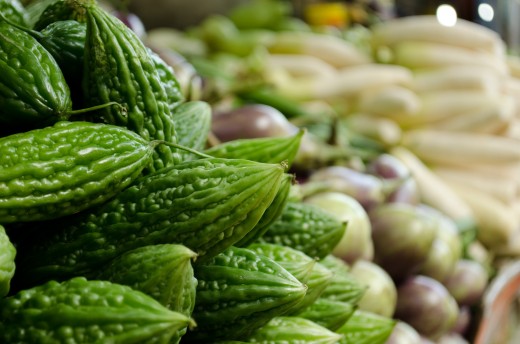
Rinita, bitter gourd (also known as bitter melon) can be found in most Asian markets in the U.S. I've not cooked with it myself, but I asked one of the clerks at our local market how she prepares it for her family. She said that to remove the seeds she slices the fruit in half vertically and scrapes out the seeds (and their surrounding pith) with a spoon.
This is very much the same way that I prepare cucumbers. Admittedly this does remove quite a bit of flesh. What you are left with is a small amount of fruit and the skin, which is edible.
How to Use Up the Ends of Bread Loaves
Leftover ends of a bread loaf: I know you do a leftover series separately, so if you have already covered this would appreciate if you could share the link. The question is what would be good uses of the ends of a loaf of bread. My husband doesn't like having them as a sandwich and I am gluten free. I thought of making bread crumbs, but we hardly have fried items, so that would mostly go waste as well. If you have other easy suggestions, would be great.
Rinita, the article you are thinking of is called "Loving Leftovers: How to Use Up Stale Bread." If you do a Google search, it will be about the 8th or 9th entry, or you can use the search option in Hub Pages (click on the little symbol near the upper-right corner that looks like a magnifying glass).
Leftover bread can be used to make croutons, baked in a strata or bread pudding, used as the filler in meatloaf (instead of oats or cracker crumbs), or (my family's favorite) used to make bread soup. Recipes for all of those are in the article.
Or, you can just leave it out for your cat.
I'm kidding, of course, but I found this video on YouTube and couldn't resist posting it. By the way, no bread is not harmful to cats but is not very nutritious. It's basically "empty calories" for them.
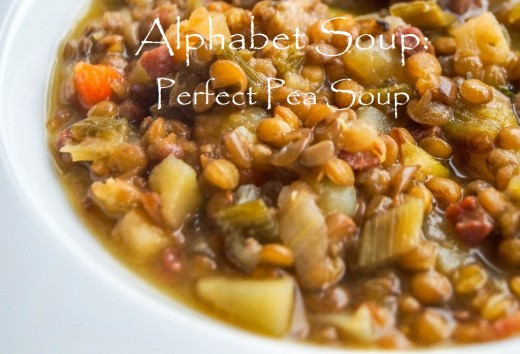
This recipe is timeless. It is the soup that my mother made, and I have every reason to believe that her mother taught it to her, and so on, and so on. I submitted it to a Progresso Soup contest (and received Honorable Mention).
Although that recognition is nice to have, it pales in comparison to the happiness this dish gives to my family. For my husband and daughters it always brings smiles and warm tummies, and for my brother and sister, it evokes family stories and warm memories.
Ingredients
- 2/3 cup dry navy or white beans
- 6 cups water
- 1 1/2 cups dry split peas
- 2/3 cup dry lentils
- 1 medium onion, finely chopped, about 1 cup
- 2 medium carrots, thinly sliced, about 1 cup
- 1 small stalk celery, no tops
- 3 vegetable bouillon cubes
- 1 medium potato, diced, about 1 cup
- 1 14.5-ounce can diced tomatoes, drained
- 3 tablespoons fresh sage leaves, minced
- salt and pepper, to taste
Instructions
- First, wash and sort the beans.
- Place the washed beans in an 8-quart stockpot. Add enough water to have about 2 inches of water above the beans (about 6 cups of water). Bring to a boil over medium-high heat. Boil 2 minutes and then remove from the heat.
- Cover and let stand for 1 hour. This soaking time will reduce the actual time the beans need to simmer and will help retain nutrients.
- Drain the beans after soaking and cover with 5 cups of fresh water.
- Return the stockpot to your stovetop; bring the beans to a simmer over low heat and cook for 90 minutes or until the beans are tender but still hold their shape.
- Now it's time to add the star of the show, the split peas, along with the next 5 ingredients.
- Stir gently, and allow to simmer for one hour. Stir in diced potato, tomatoes, and sage; cover and simmer 10 minutes more. Add salt and pepper to taste.
We're Organized
Did you know that there is a Table of Contents for this series? I have created an article that provides a detailed listing of each question I've received. It's broken down by category, and within each category, the questions are listed alphabetically. Each question is actually a hotlink back to the original post.
Here's a link to that Table of Contents.
If you like this series, you'll love this! And, I have recently added to that Table of Contents an Index of all of the "Alphabet Soup" recipes. I love you guys.
Let's Meet Here Again Next Week
I hope is that we can continue share in this food journey together. If you have questions about foods, cooking techniques, or nutrition you can ask them here. If you are in search of an old recipe or need ideas on how to improve an existing one I can help you. If you want to learn more, let's do it together. Present your questions, your ideas, your comments below. Or, you can write to me personally at this email address: lindalum52@gmail.com.
And, I promise that there will always be at least one photo of a kitty in every Monday post.
© 2019 Linda Lum


